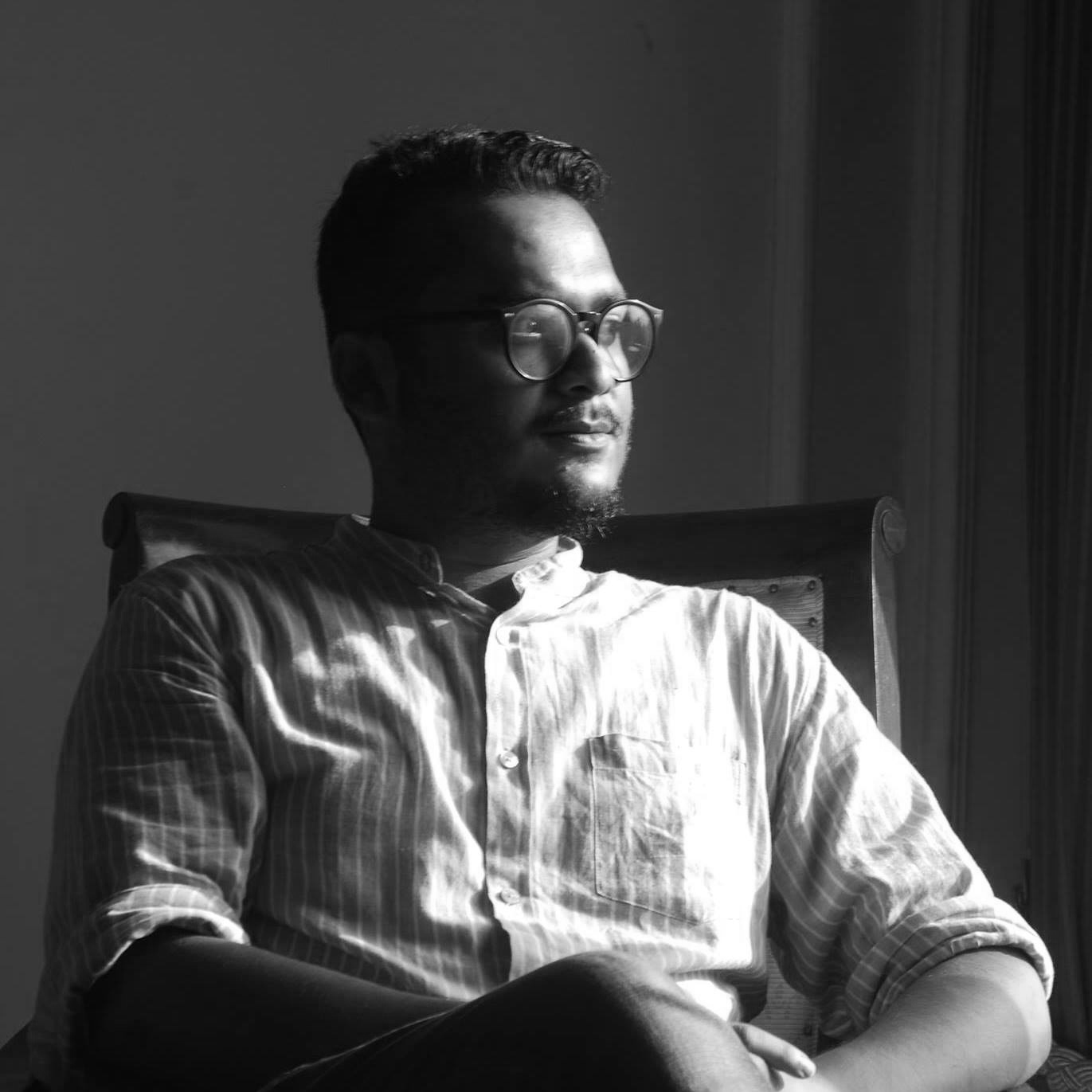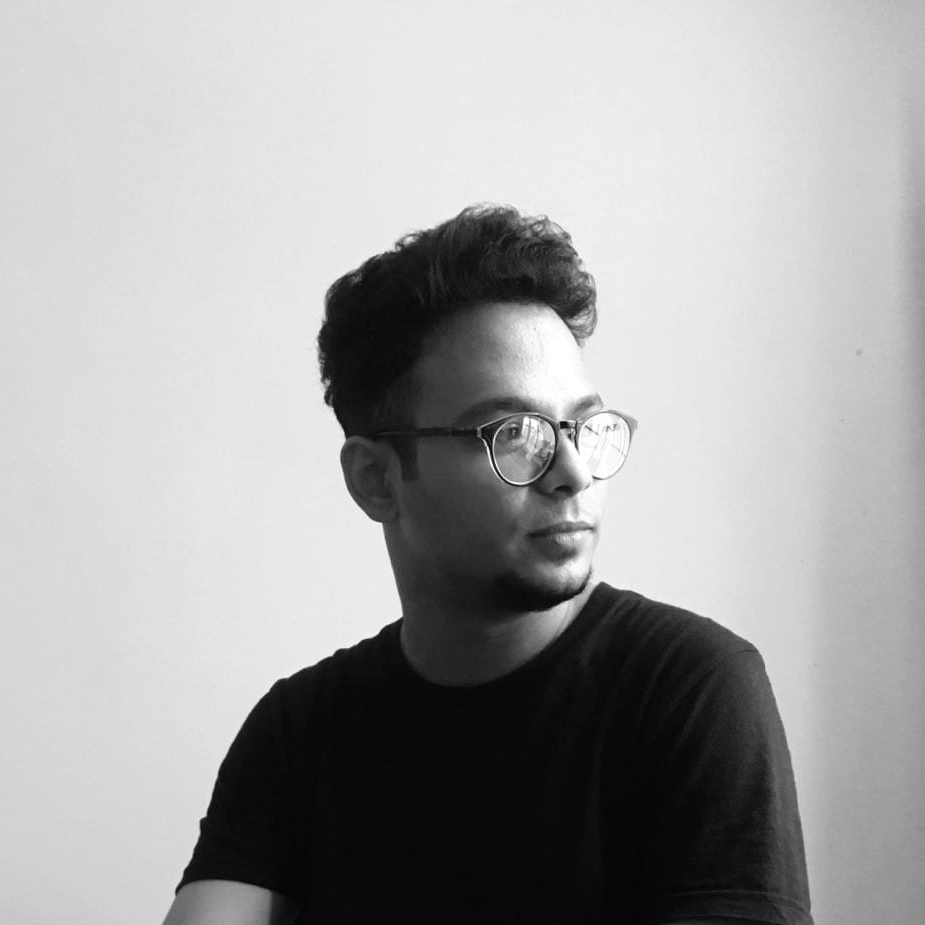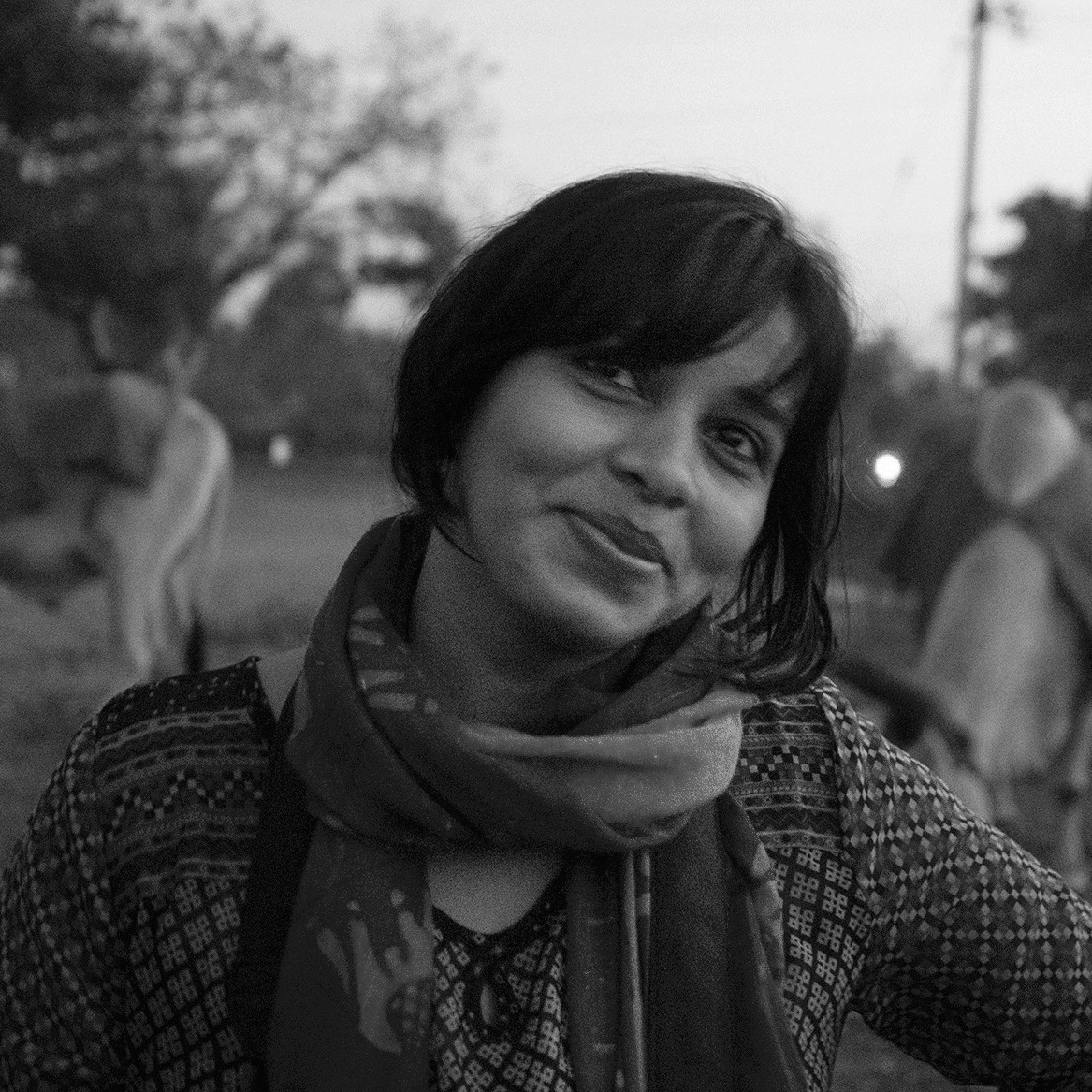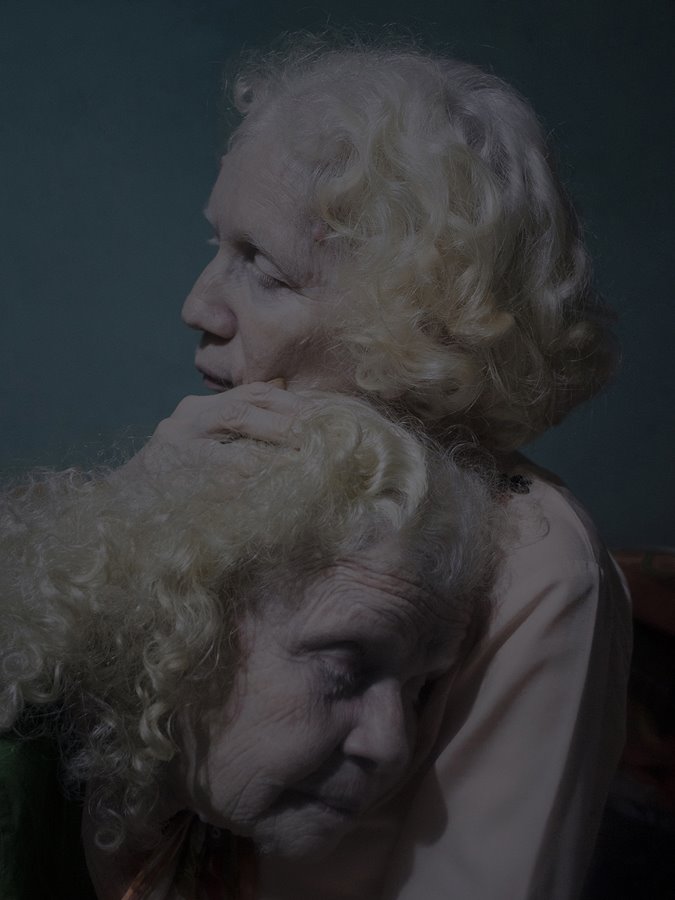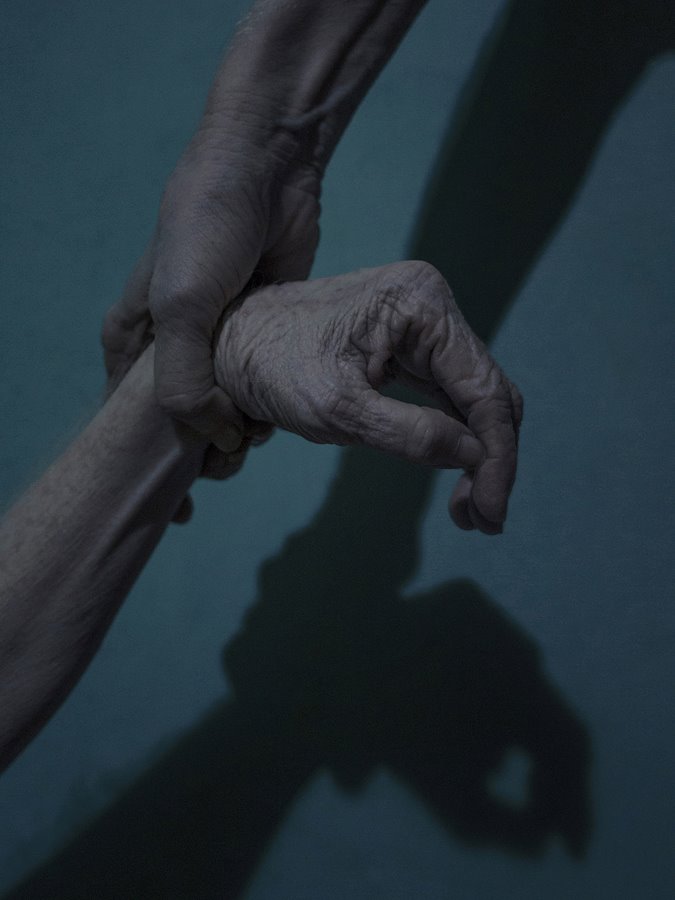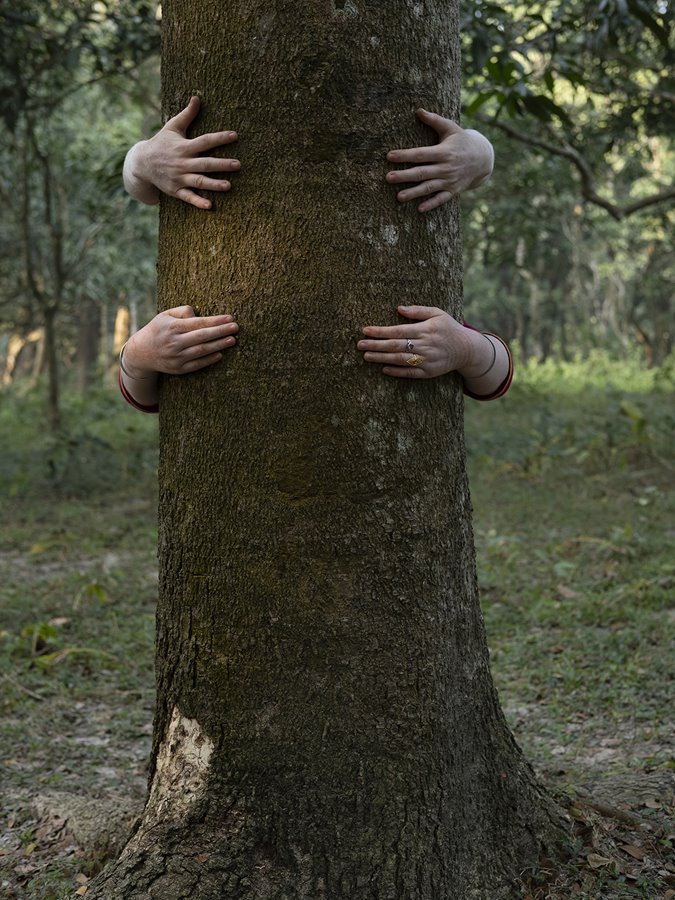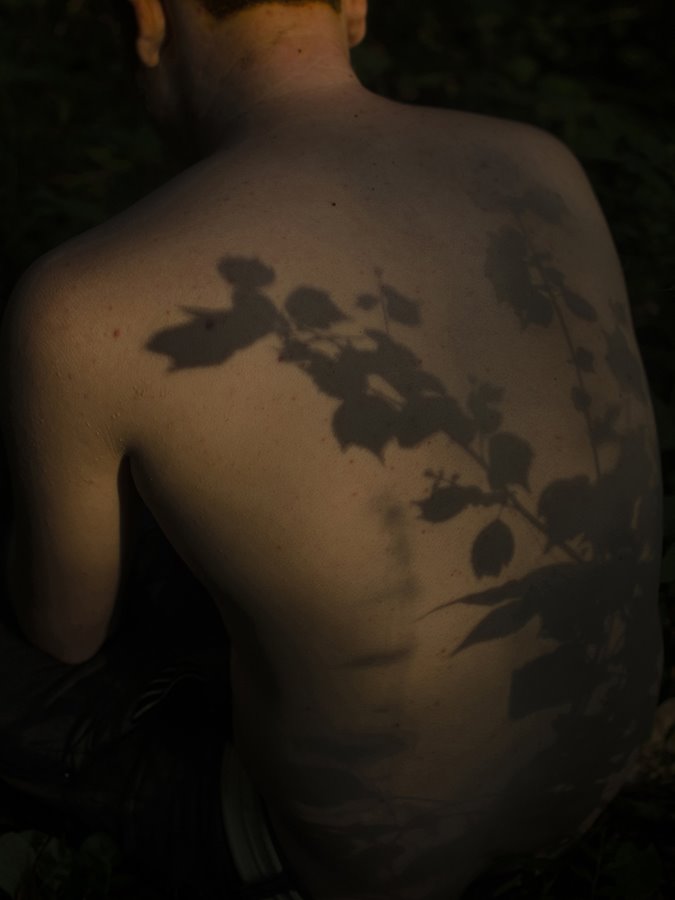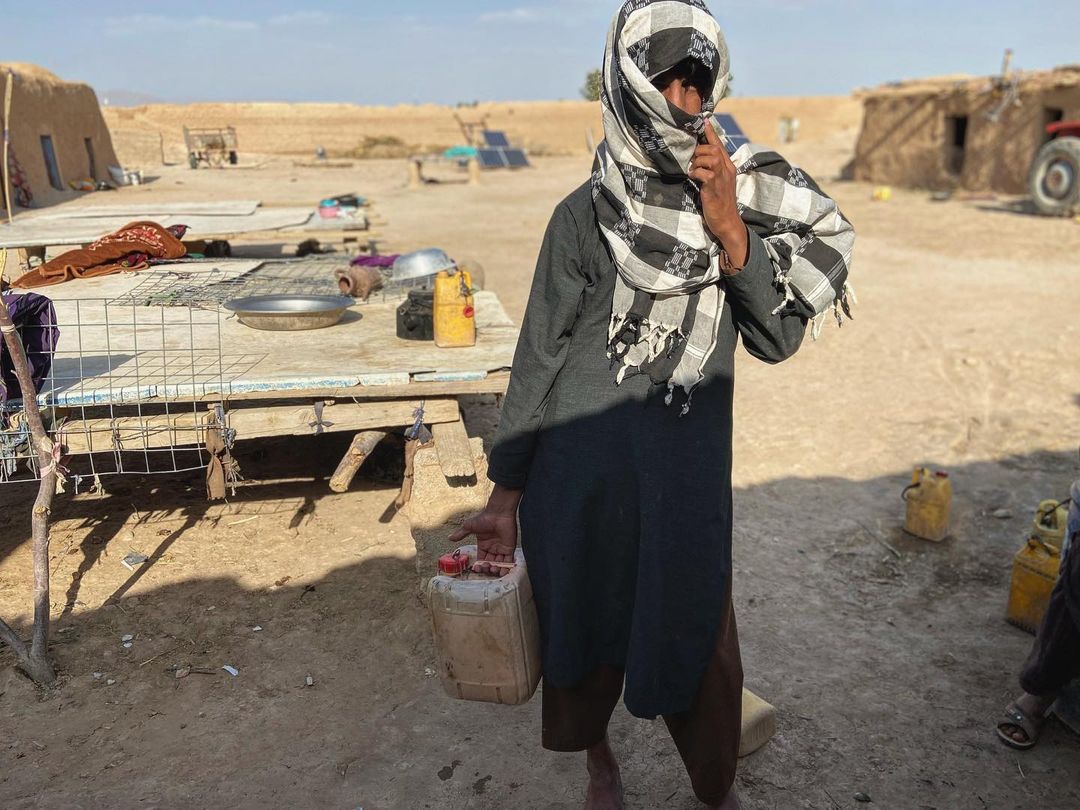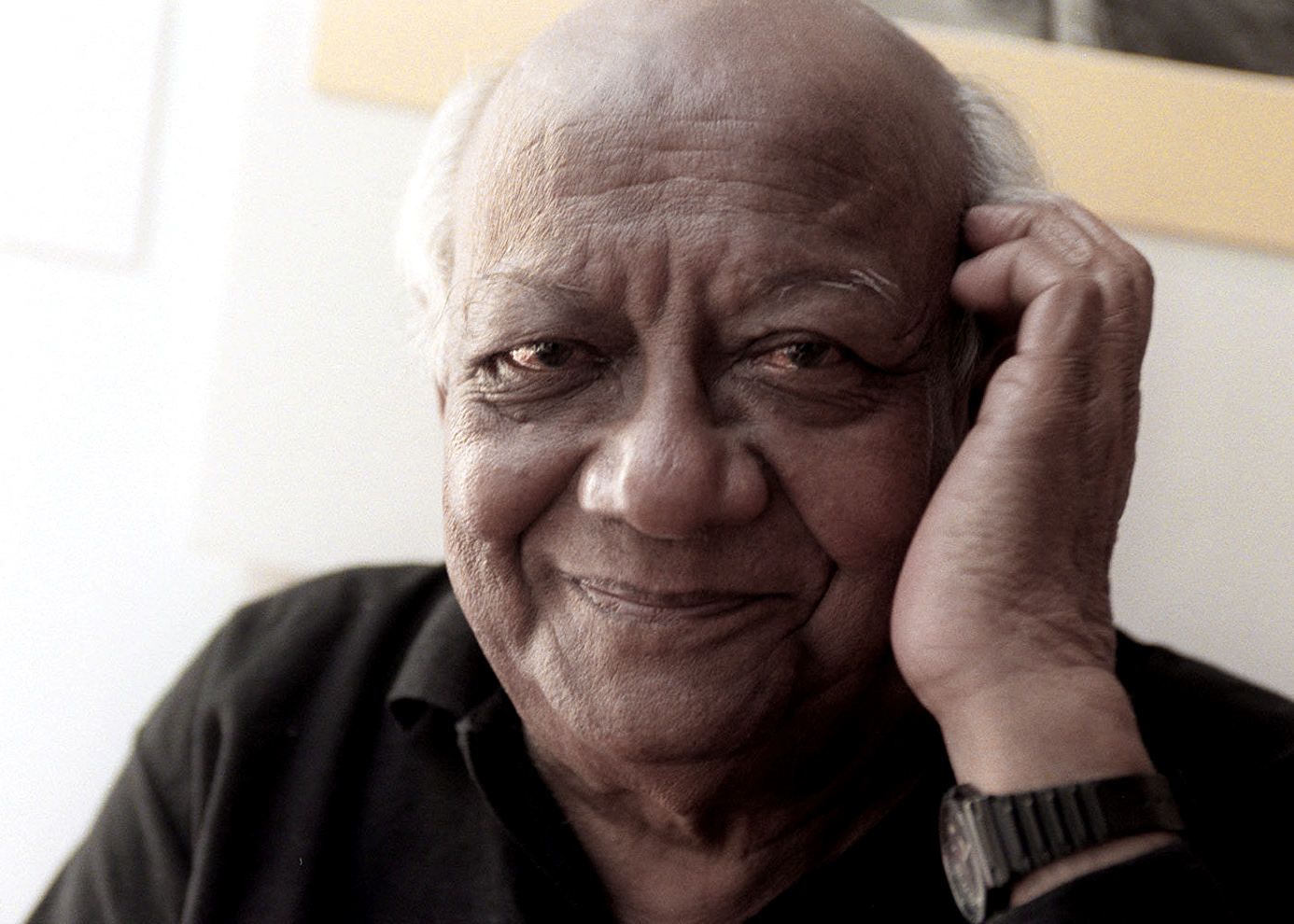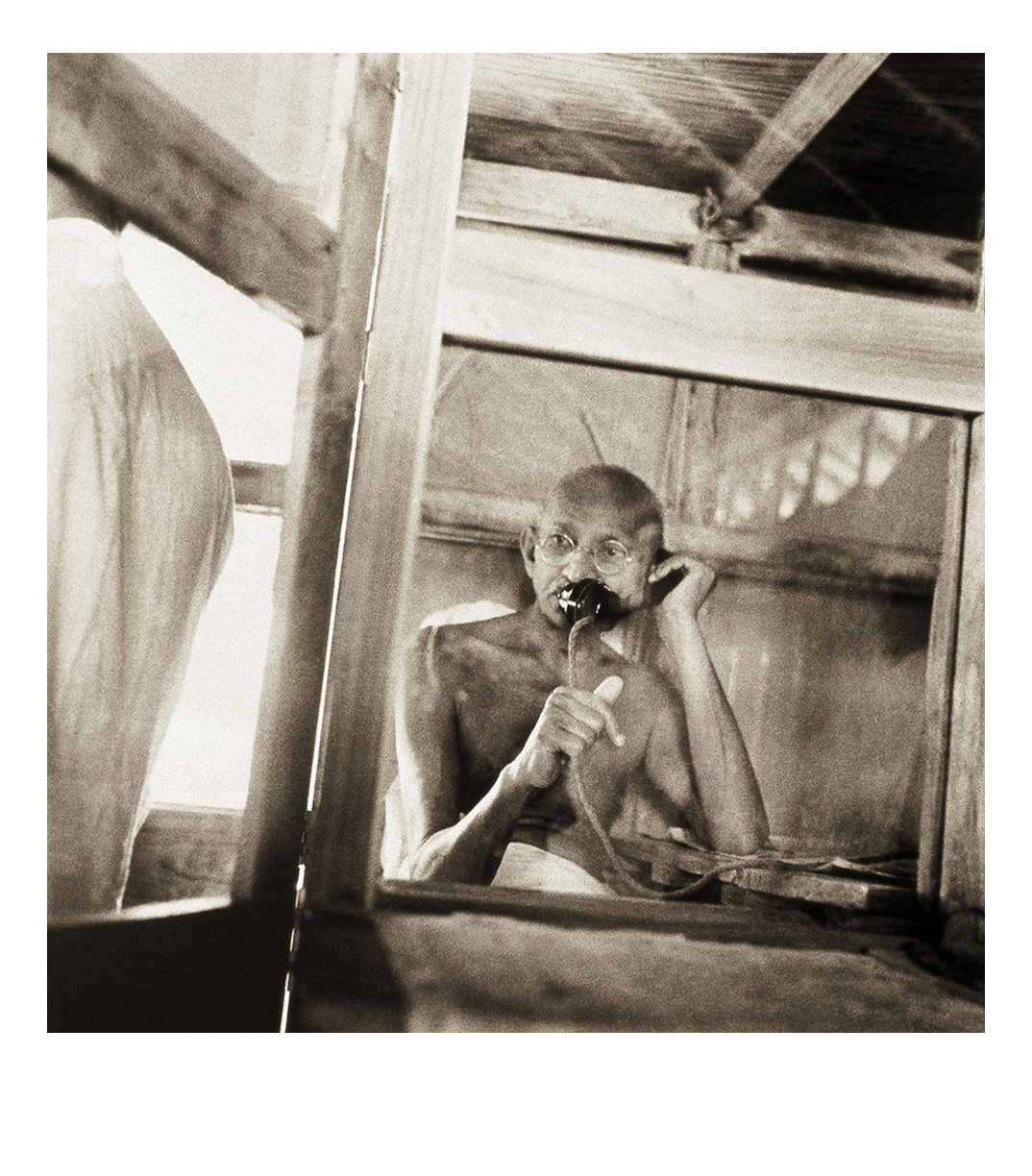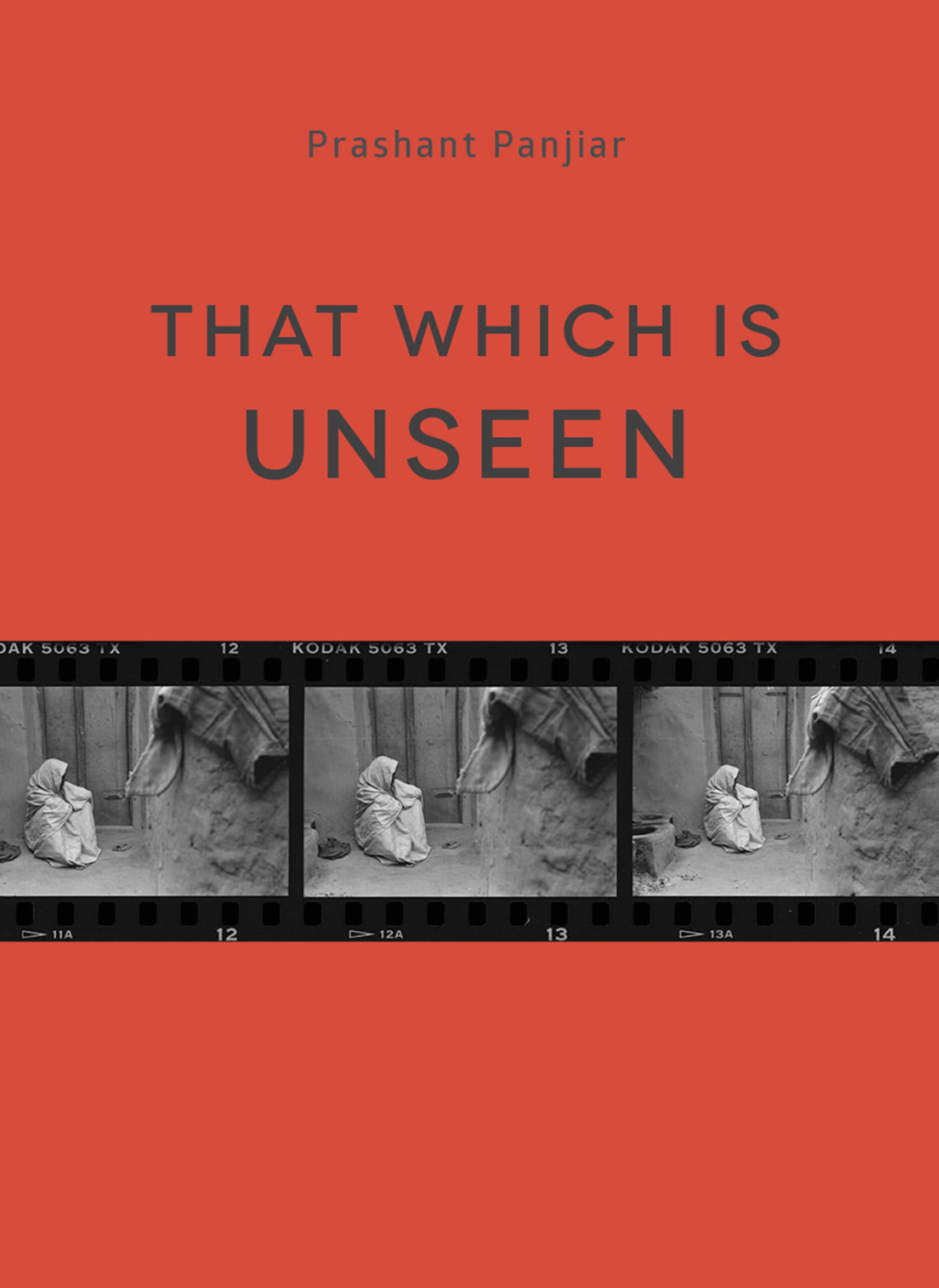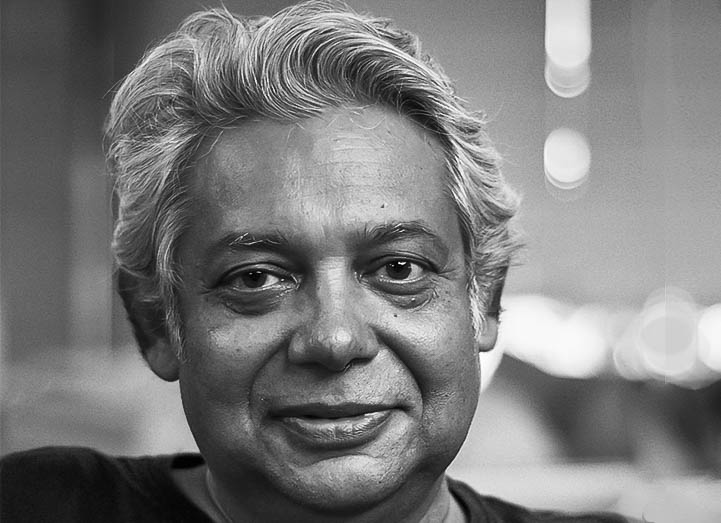Photographers Deepti Asthana, Sutirtha Chatterjee, Santanu Dey, and Debsuddha Banerjee | 6×6 Talents 2020 World Press Photo | Source Internet
Four Indian Photographers recognized by World Press Photo
World Press Photo, launched their 6×6 Talent Program in August 2017. Each full cycle of the 6×6 program focuses on one region at a time and takes two years to highlight work from each of the six regions. The purpose is to recognize six visual storytellers from six global regions, to highlight talent from around the world, and present stories with diverse perspectives. The 6 regional categories are Southeast Asia and Oceania, South America, Europe, Africa, North and Central America, and Asia.
For each region, an international community of nominators puts forward visual storytellers that deserve larger recognition for their work. From the nominees’ submitted portfolios, a selection committee picks six visual storytellers to join the pool of the 6×6 Program’s talents from around the world. Salil Bera, India, deputy photo editor, The Week, Tanvi Mishra, India, photo editor, curator, writer, and creative director, The Caravan, Sudipto Das, India, staff photographer, The Times of India, and, independent photographers Saumya Khandelwal, Ritayan Mukherjee, and Showkat Nanda are part of the selection committee. It is worth noting here that, none of the selection committee members are from the Southern Part of India. World Press Photo does accept nomination suggestions as well as self-nominations, which can be done here.
The 6×6 program is not a contest, but a way to highlight emerging talent around the world. There are no categories, and the six individuals from each region are not ranked or awarded individual prizes. Instead, their work is recognized, published, and shared with World Press Photo’s global audience. 6×6 talents’ work will be exhibited and published on the World Press Photo Foundation’s platforms, including their online magazine Witness. 6×6 talents are also nominated for World Press Photo’s prestigious Joop Swart Masterclass, provided they meet the nomination criteria.
WPP announced the results of the second cycle, 6 new talents from Asia that includes four Indians, Debsuddha Banerjee; Deepti Asthana; Santanu Dey, and Sutirtha Chatterjee. The other two recognition goes to Mengwen Cao, China, and Parisa Azadi. In 2018, Senthil Kumaran, an independent visual storyteller from South India, and New Delhi based Saumya Khandelwal, who is now a part of the nomination team were recognized as 6×6 young talents.
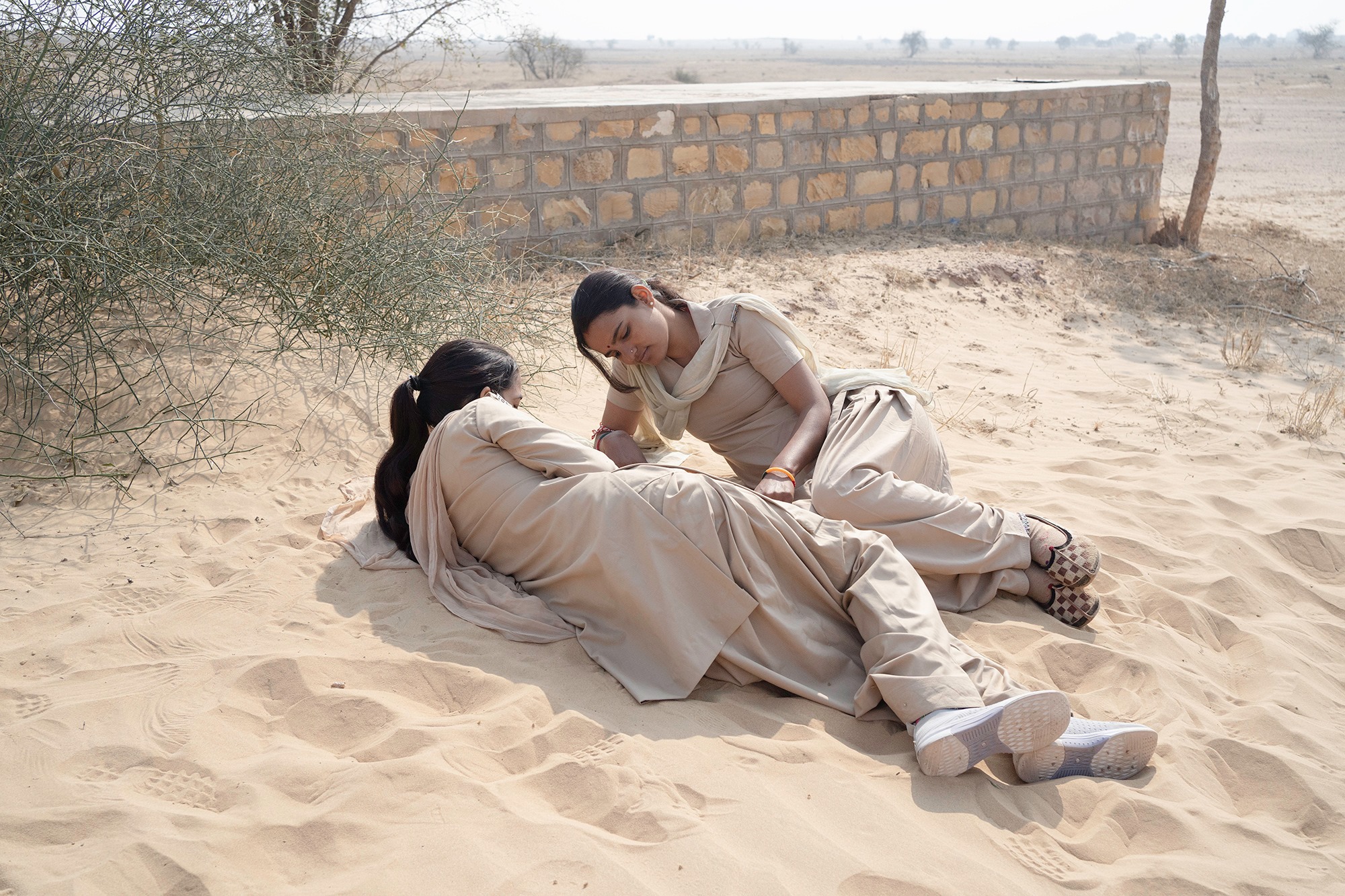
A Thousand Thorns © Deepti Ashthna | Source Internet
Deepti Asthana is a self-taught photographer based in Mumbai, India. She worked in IT companies in Delhi and Mumbai, India, and in the United Kingdom before making a career switch to photography. Her work focuses on telling the stories of Indian women, “which have been overshadowed for too long,” she says. Deepti’s A Thousand Thorns follows Pushpa and Pushta, two young women working as forest guards — a typically male-dominated occupation — in the arid region of the Thar desert, in Rajasthan, India. Pushpa, a 25-year-old mother, lost her husband in an accident. Recently married Pushta is 26 years old and following two miscarriages is chastised for not producing a male heir. Rajasthan has the lowest literacy rate among women in India and child marriage is still prevalent. Women are seen as the keepers of the honor of families and communities and for this reason, are often denied opportunities available to men. Patriarchy defines daily life and access to resources. However, as education and technology permeate rural India, the aspirations of women are changing. Through the story of Pushpa and Pushta, the photographer aims to highlight how women across India are challenging gender-defined roles. Fighting their way through the patriarchal clutches of rural Rajasthan, these women — along with many others in villages across India — are subtly asserting their right to equality.
Belonging © Debsuddha Banerjee 2020 | Source Internet
Debsuddha Banerjee is an independent photographer based in India. Banerjee’s Belonging, initiated in 2020, explores the companionship and psychological struggles of sisters Swati and Gayatri Goswami. The photographer’s elderly, unmarried aunts, who lead socially isolated lives due to the discrimination they face based on their skin color, have been further isolated from their surroundings by enforced government measures against the COVID-19 pandemic. Having observed their struggles since childhood, Banerjee’s personal visual study shows the sisters’ growing dependency on each other and the impacts of isolation on their mental health.
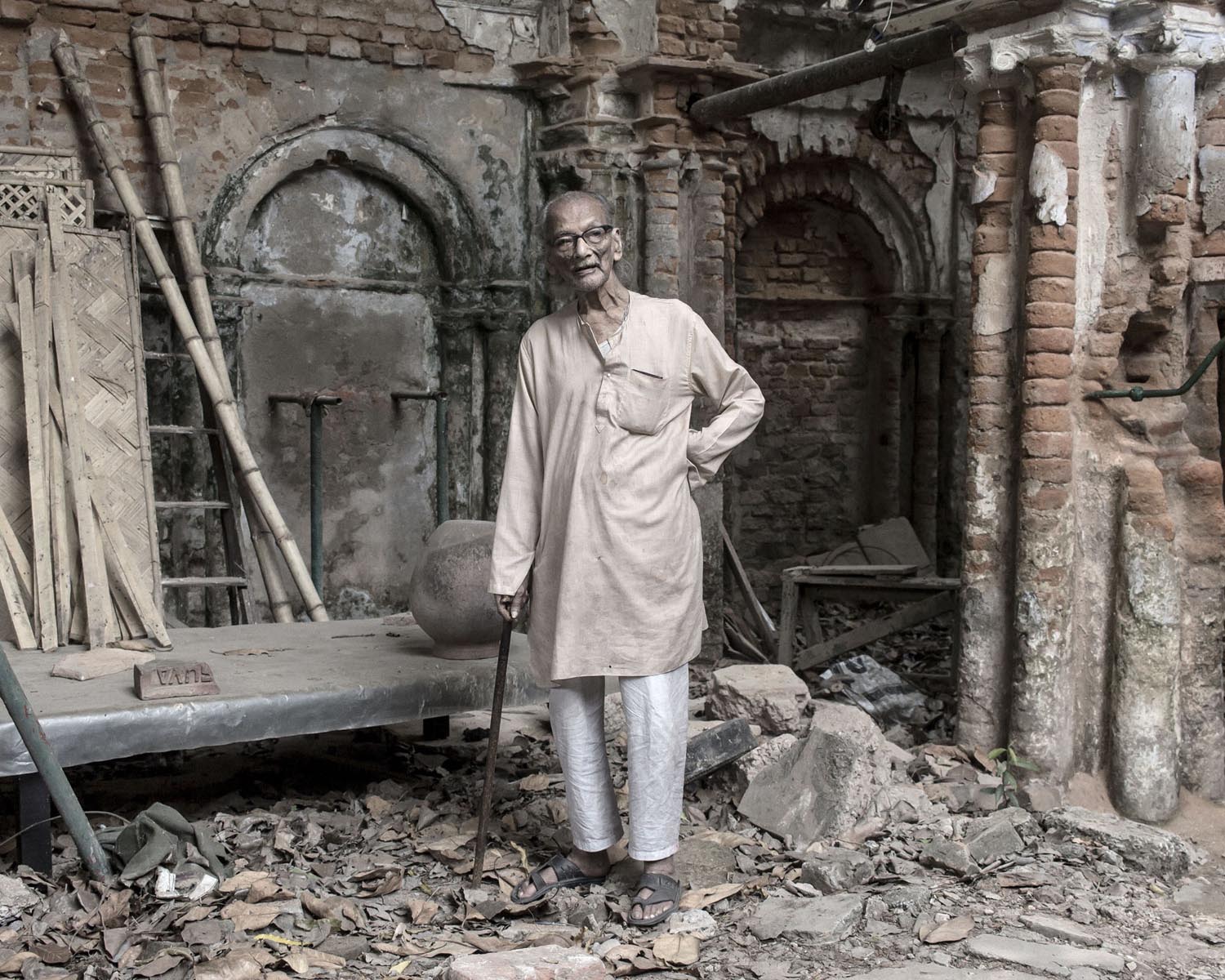
Lost Legacy © Santanu Dey | Source Internet
Santanu Dey is a visual artist and independent photographer based in Calcutta, India. His work often moves along the intersection of art, documentary, and attempts to dive deep into mythology, cultural narratives, and socio-political issues. Santanu Dey’s Lost Legacy explores the social and political condition of the descendants of the Zamindars in the decolonization period of independent India. During British colonial rule in India, the Zamindari System was introduced under the Permanent Settlement Act in 1793. The system rewarded Zamindars as landowners who rented their land to farmers in return for paying a fixed amount to the British Government, facilitating the wealth and power of the colonial rule while exploiting peasants. The Zamindari Abolition Act in 1950, was one of the first major agrarian reforms of the Government of India following independence in 1947. Overnight, the status of this privileged class of society was reduced to that of ordinary citizens.
Mysterious Forest © Sutrija Chatterjee | Source Internet
Sutirtha Chatterjee is a freelance photographer based in Calcutta, India. Chatterjee’s The Mysterious Forest is a series of images exploring a fictional story created in collaboration with visually impaired students from West Bengal, India. The photographer first met partially blind siblings, Reema and Ashraful, on an editorial assignment in 2016 at a blind school in Calcutta, India. Working together, they visually illustrated a story written by Ashraful, inspired by one of his recurring dreams in which a boy loses his way in a forest and meets a forest spirit (Pari) with whom he goes on adventures. The role of the Pari is played by Reema, his sister, while Ashraful portrays the lost boy protagonist. “According to local folklore, the Pari in one world is a spirit in another. What they both have in common is a fondness for water and bright flowers,” said Chatterjee. The Mysterious Forest shows the fears, hopes, and fantasies of the visually impaired, aiming to facilitate the students’ self-expression, inspire sensitivity, and challenge the stigma and stereotypes surrounding blindness in the region.
By Staff Reporter | Published on December 17, 2020
Share
Related News
A new venue for art lovers: MAP, Bangalore is open for public
The newly opened Museum of Art & Photography (MAP) in Bengaluru welcomed its first visitors in Feb, offering a glimpse of around 60,000 works that would refresh the subcontinent's rich art history.
Plumbing the depths of space and time, James Webb Space Telescope
The James Webb Space Telescope has been designed to see the infrared part of the spectrum, making it capable of glimpsing “galaxies far far away”. This provides access to a part of the spectrum that no telescope has had till date, not even the iconic Hubble Telescope, which can see ultraviolet and visible light.
Snapshots from a forgotten land
Photojournalist Kanika Gupta takes a more personal approach on her page. The Indian journalist, who had to be evacuated from Afghanistan when the Taliban first took over, has since returned, and has resumed her efforts of documenting the country. On her Instagram handle, lifeoutside2by2, she fearlessly interviews and photographs Taliban soldiers, bringing out both the cruelty and humanity in their stories. A snapshot of a man who has been taught to believe that “making landmines is holier than fighting" is juxtaposed with one of two friends - one of whom used to be in the National Army and the other, a hardened Taliban, who joined when an American drone strike killed seven of his family members on a single day. Today, the two friends, who have both joined the regime, reminisce about having fought on different sides.
MAP’s Director’s Cut: Reimagining and Reinventing Museums
This episode (Wednesday, 9th March, 6:30 pm) of MAP’s series Director’s Cut features Nadine Wietlisbach, Director of Fotomuseum Winterthur in Switzerland.
The making of a nation, through Sunil Janah’s eyes
After Sunil Janah moved to the US in his later days, these prints were mostly forgotten. Rahman says it is by another coincidence that they landed in India as a collector managed to buy some of them. “The timing of the exhibition coincides with the 75th anniversary of Independence. At a time when the BJP is trying to demolish Nehru’s legacy and spreading the narrative of ‘Make In India’, Janah’s works assume significance as the ‘Make In India’ started in the 1950s. That is why it is so important that people see these pictures. We should not forget this history and the BJP is trying to make us forget it.” Apart from their historical significance, these are stunning images, says Rahman. “That was a time of great hope. Now, we have a different view about industries. We perceive industries as polluting, but at that time we needed all these factories because we needed indigenous manufacturing. Also, they provided jobs to lakhs of people, particularly in backward areas. There was a great positive energy which actually can be felt in Janah’s photographs.”
Celebrating Resistance, 152 years of Mahatma Gandhi
On Gandhi's 152nd anniversary, PhotoMail remembers him through these everlasting imageries. There are hundreds of photographs of Gandhi, often the author is unknown. Here is a collection of photographs by known Indian and International photographers.
THAT WHICH IS UNSEEN Acclaimed photo-journalist Prashant Panjiar’s Photo-book and Exhibition
Acclaimed photojournalist Prashant Panjiar's latest photobook 'That Which Is Unseen' was launched on September 18. Published by Ahmedabad-based Navajivan Trust, this book is a collection of photographs and backstories from Panjiar's almost four decades of photography career. Navajivan Trust, founded by Mahatma Gandhi, is a publishing house with a good reputation and has published more than 800 titles in English, Hindi, Gujarati and other languages.
Analog on the go: Ilford Photo Pop-up Darkroom
Ilford has announced portable pop-up photo darkroom tents as the go-getter strategy for attracting photographers to opt Analog photography. The portable pop-up tents and a starter kit with chemicals & materials are expected to be available this November.
Looking or shooting? A pe(e)p toy by Ray-ban and Facebook to click as you see
Ray-ban Stories sunglasses are built in partnership with Facebook and Ray-Ban’s parent company EssilorLuxottica and are the first product to be produced as a result of a multi-year partnership between the two companies. Ray-Ban Stories will be available in 20 different combinations in classic Ray-Ban styles — Wayfarer, Wayfarer Large, Round, and Meteor — and five colors with a range of lenses including clear, sun, transition, and prescription. Ray-Ban Stories features dual integrated 5-megapixel cameras that are designed to let the wearer capture everyday moments as they happen from a first-person perspective. The dual 5MP camera gives new depth and dimension to the content. It takes high-resolution photos (2592×1944 pixels) and quality video (1184×1184 pixels at 30 frames per second). Camera automatically adjusts to the light around for high-quality captures. One can also attend to calls, listen to music via blue tooth while on the go.
Prashant Panjiar’s photobook ‘That Which Is Unseen’ to be published soon
Indian photo-journalist Prashant Panjiar’s photo book That Which is Unseen published by Navjivan Trust will be released on 18 September 2021. The book is a compilation of backstories of Panjiar’s three decades as a photojournalist, told through images and words.


